In the vast wilderness of southern Siberia, where endless taiga meets rolling hills and ancient secrets lie buried beneath centuries of snow and soil, stands one of archaeology’s most enigmatic discoveries. The Sunduki megalithic complex, rising from the Khakassian steppes like stone sentinels frozen in time, has captivated researchers and stargazers alike with its mysterious astronomical alignments and prehistoric precision. This remote archaeological wonder, often dubbed Russia’s answer to Stonehenge, represents far more than just another collection of ancient stones – it’s a testament to the sophisticated knowledge our ancestors possessed about the cosmos above.
The Discovery That Changed Everything
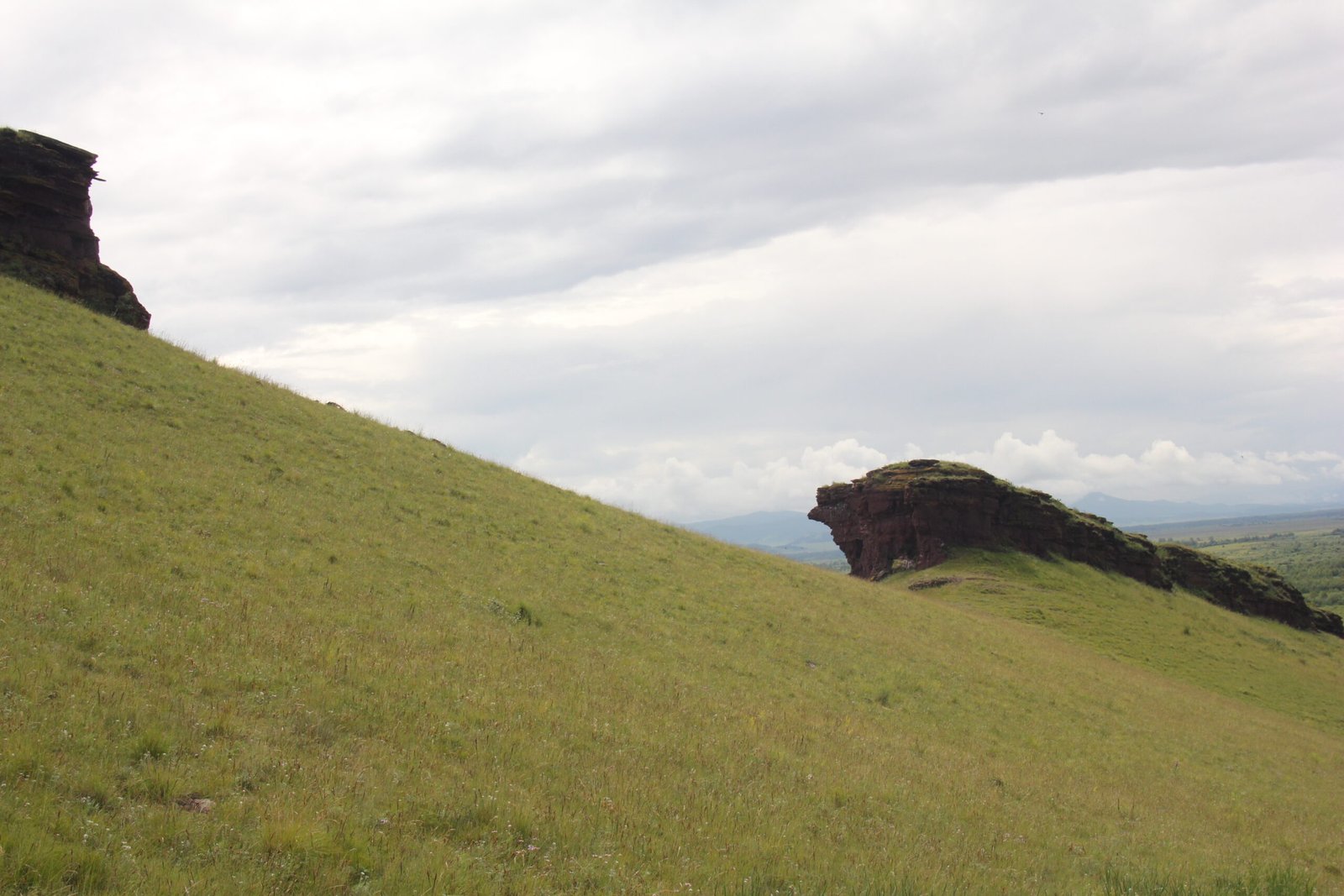
The Sunduki complex first caught the attention of modern science in the late 20th century when Russian archaeologist Dr. Vitaly Larichev stumbled upon these weathered stone formations during routine surveys of the Khakassian region. What initially appeared to be natural rock outcroppings soon revealed themselves as deliberately arranged megalithic structures, each one positioned with mathematical precision that defied coincidence.
The site consists of five distinct stone complexes, each named after its resemblance to various objects – from chests (sunduki in Russian) to animals. Unlike many archaeological discoveries that emerge gradually through systematic excavation, the Sunduki complex announced itself boldly, with its massive stone blocks jutting from the earth like ancient bookmarks in the landscape’s story.
Ancient Astronomers of the Steppe
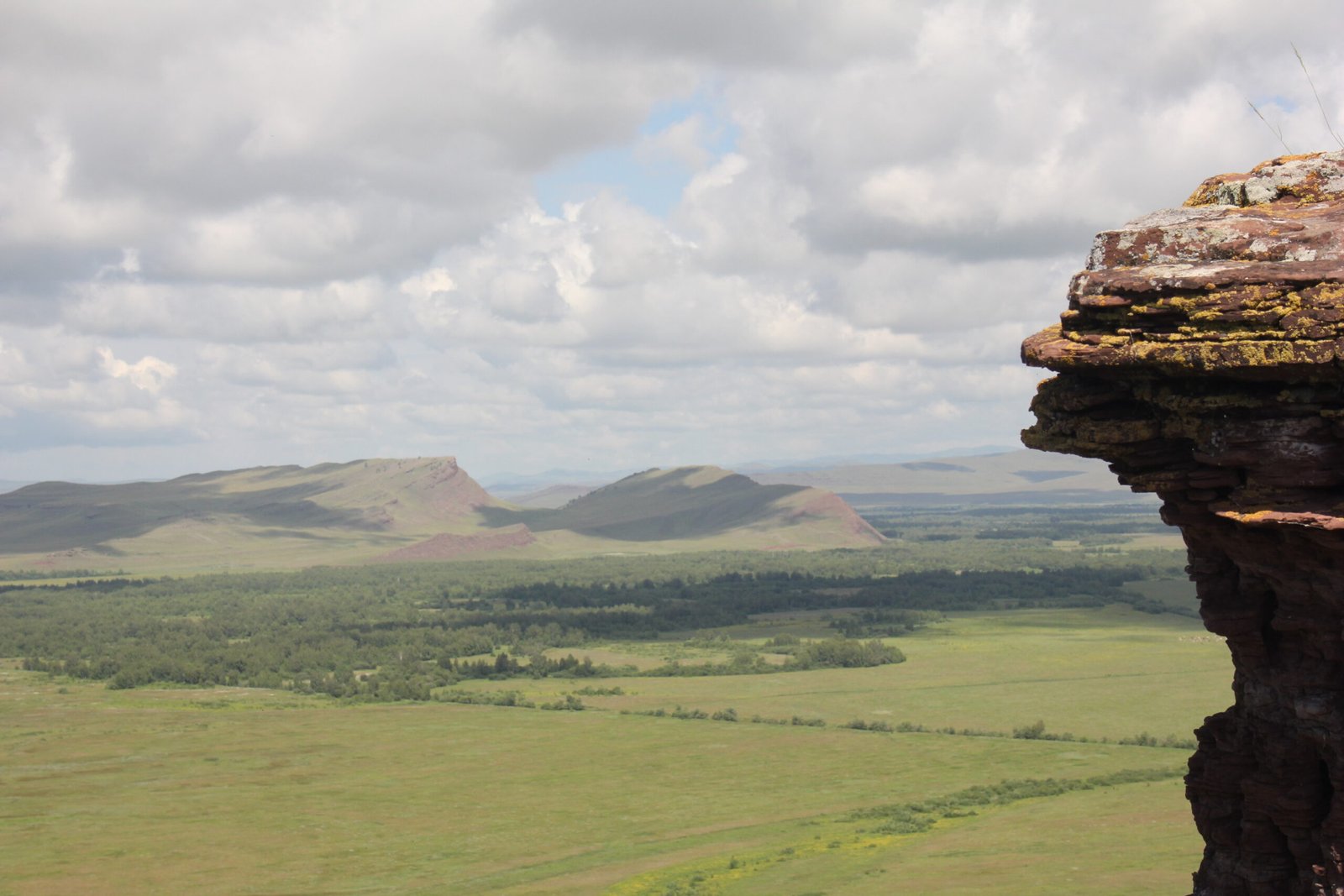
The most remarkable aspect of Sunduki lies not in its age – though carbon dating suggests construction began around 16,000 years ago – but in its sophisticated astronomical functions. Each stone formation serves as a prehistoric observatory, with carefully carved notches and positioned blocks creating sight lines that track celestial movements with startling accuracy.
These ancient astronomers understood concepts that wouldn’t be formally recognized by European science for millennia. They tracked the precession of equinoxes, calculated lunar cycles, and even predicted eclipses using nothing more than carefully positioned stones and generations of accumulated knowledge.
The Sacred Geography of Siberian Megaliths
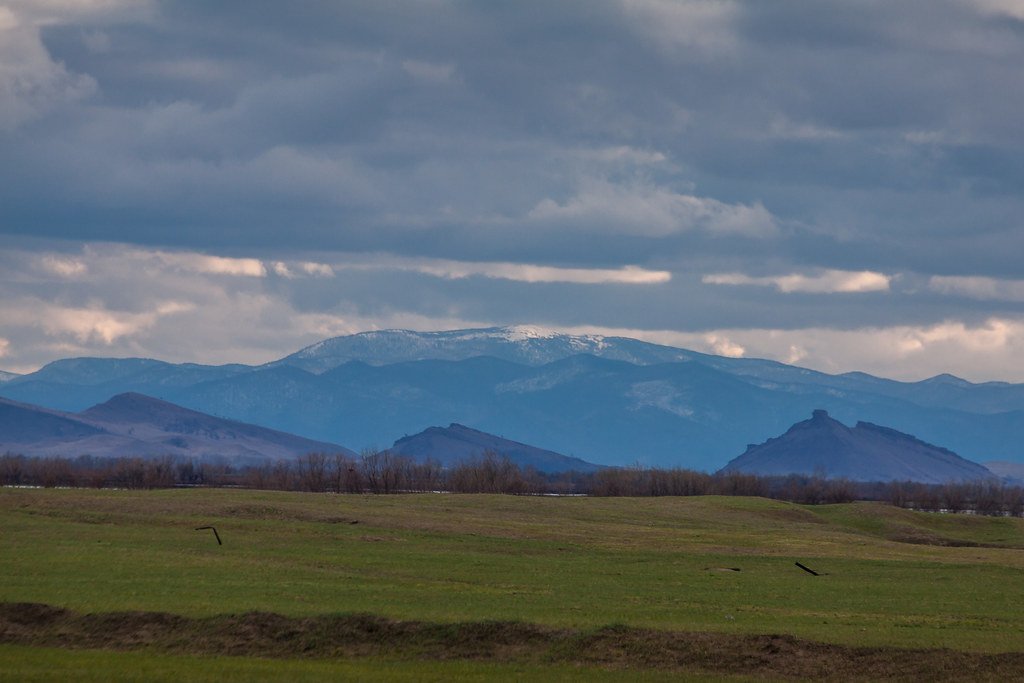
The Sunduki complex doesn’t exist in isolation – it’s part of a vast network of megalithic sites scattered across the Khakassian landscape like dots on a cosmic map. This sacred geography suggests that ancient peoples viewed the entire region as a single, integrated astronomical instrument, with each site serving specific observational functions.
The positioning of these sites follows patterns that mirror constellations above, creating what researchers call a “terrestrial star map.” This concept challenges our understanding of prehistoric capabilities, suggesting that ancient Siberian cultures possessed knowledge systems far more sophisticated than previously imagined.
Stone Calendars and Celestial Clocks
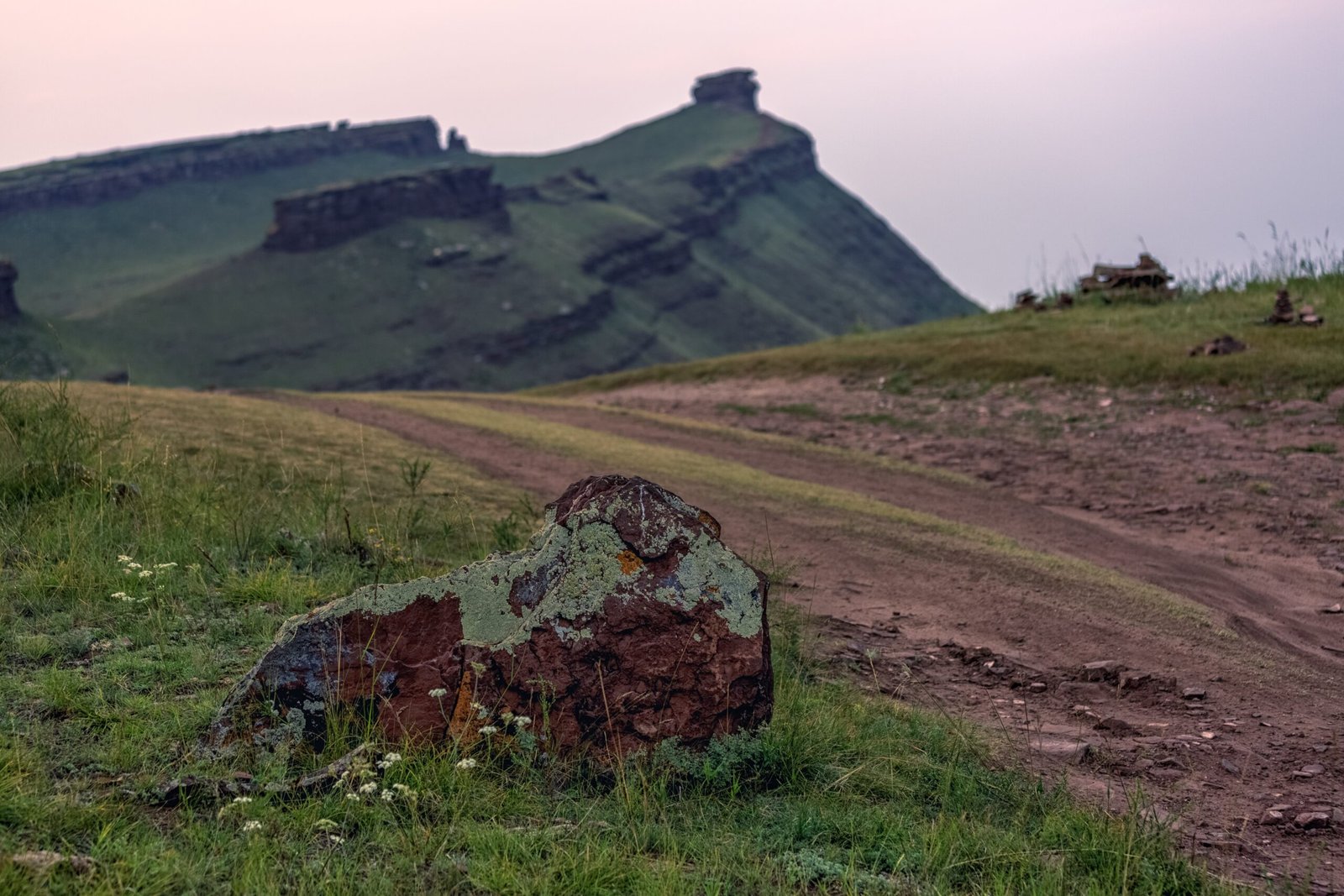
Each megalithic formation at Sunduki functions as a different type of astronomical instrument. The first complex, known as the “Chest,” serves as a solar calendar, with its stone alignments marking crucial dates in the agricultural year. Shadows cast by specific stones indicate planting seasons, harvest times, and the approach of winter.
The second formation operates as a lunar observatory, tracking the moon’s complex 18.6-year cycle with remarkable precision. Ancient observers could predict not just the phases of the moon but also the subtle variations in its orbital path that modern astronomers call lunar standstills.
The Petroglyphs That Speak to Stars
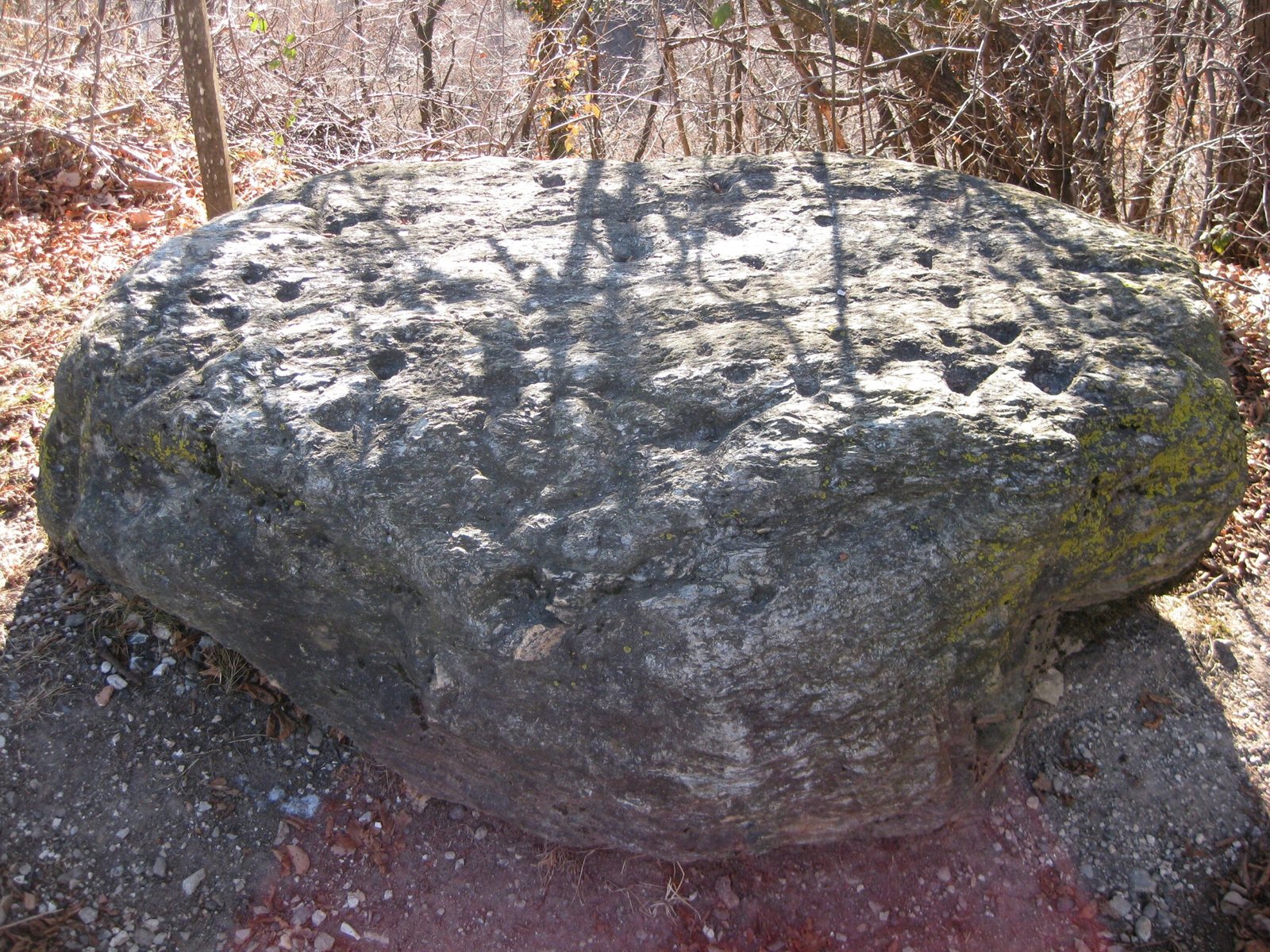
Scattered across the Sunduki stones are thousands of petroglyphs – ancient rock carvings that serve as humanity’s oldest astronomical textbooks. These images aren’t random artistic expressions but carefully crafted astronomical records, documenting everything from solar eclipses to the appearance of supernovas.
One particularly intriguing petroglyph appears to show the constellation Orion, but with seven stars instead of the three we see today. This suggests the carving was made when the constellation appeared differently due to stellar proper motion, providing researchers with crucial dating evidence for the site’s origins.
Shamanic Traditions and Stellar Wisdom

The astronomical knowledge embedded in Sunduki wasn’t purely scientific – it was deeply intertwined with the spiritual beliefs of ancient Siberian cultures. Shamanic traditions from the region speak of “sky roads” and “stellar pathways” that souls follow after death, concepts that appear to be literally mapped out in the stone arrangements.
These spiritual beliefs provided the motivation for maintaining astronomical knowledge across generations. The shamans weren’t just spiritual leaders but also keeper of cosmic wisdom, ensuring that crucial astronomical observations were preserved and passed down through oral traditions.
The Mathematics of Ancient Minds
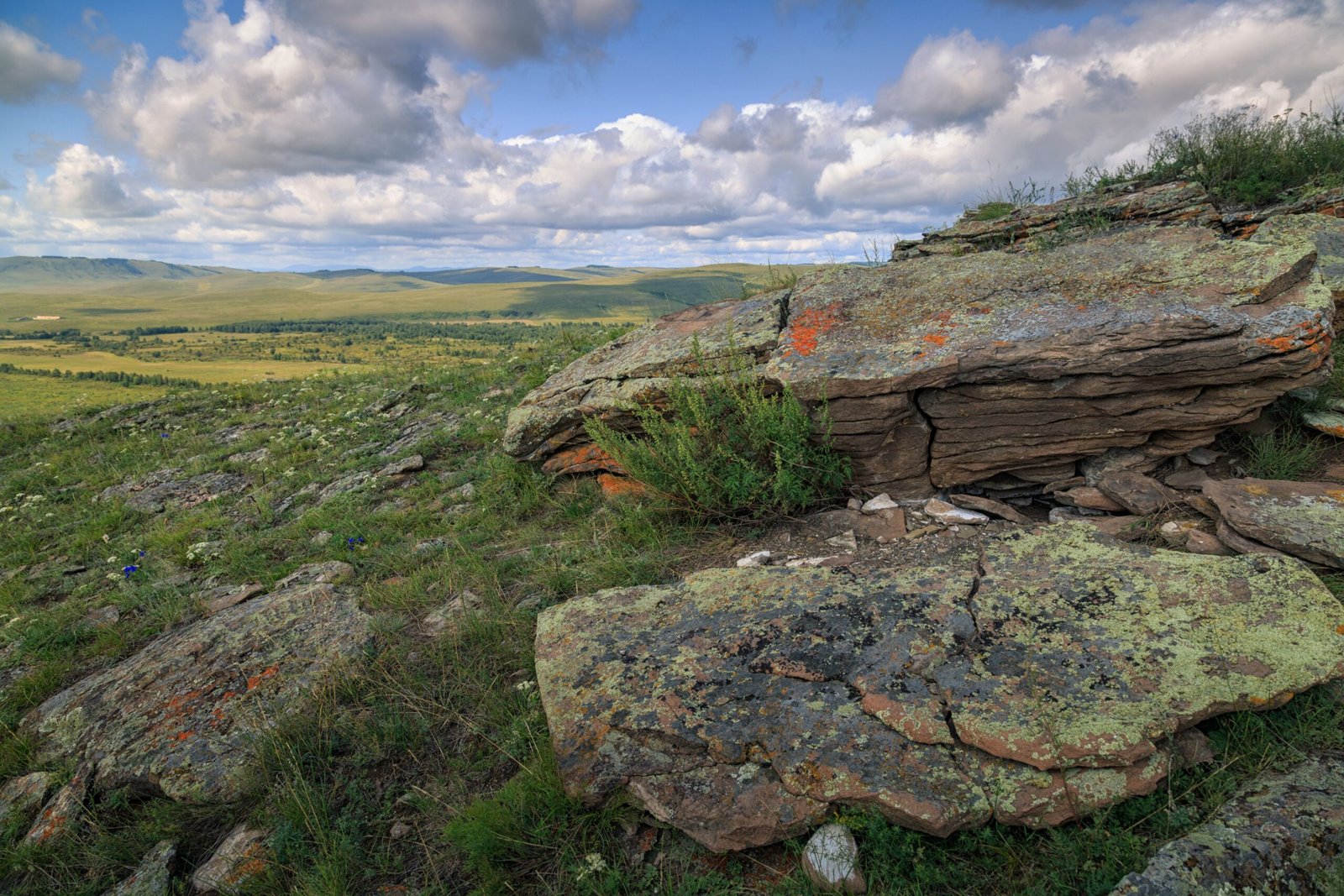
Modern analysis of the Sunduki alignments reveals mathematical relationships that shouldn’t exist in prehistoric constructions. The ratios between stone positions correspond to advanced geometric principles, including the golden ratio and complex trigonometric functions that European mathematicians wouldn’t formally discover until centuries later.
These mathematical relationships weren’t accidental – they were deliberately incorporated into the site’s design, suggesting that ancient Siberian cultures had developed sophisticated mathematical concepts independently. This challenges the traditional narrative of mathematical development spreading from classical civilizations to “primitive” cultures.
Climate Clues Carved in Stone
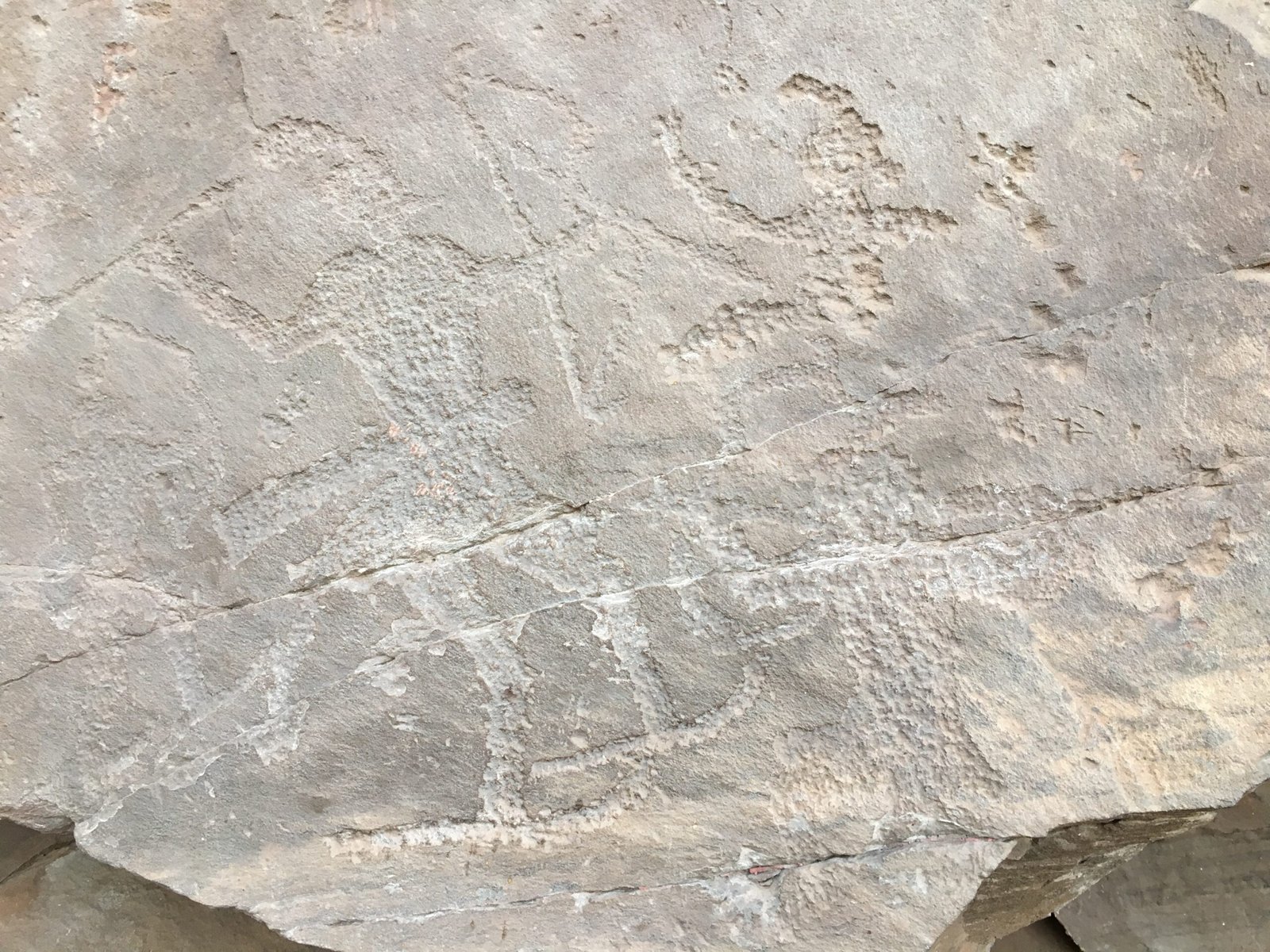
The astronomical alignments at Sunduki also serve as an ancient climate record, documenting how celestial observations were used to track long-term weather patterns. The site’s builders understood that astronomical cycles correlated with climate variations, allowing them to predict not just seasonal changes but also longer-term climate shifts.
This knowledge was crucial for survival in Siberia’s harsh environment, where understanding climate patterns could mean the difference between life and death. The stones essentially functioned as an early warning system for droughts, harsh winters, and other climate-related challenges.
Technologies Lost to Time

The precision of Sunduki’s astronomical alignments raises questions about the tools and techniques used by its builders. Moving and positioning massive stone blocks with such accuracy would challenge even modern construction methods, yet these ancient engineers accomplished the task using only simple tools and human labor.
Some researchers suggest that the builders possessed knowledge of advanced leverage systems and possibly even primitive optical instruments for astronomical observations. While no direct evidence of such tools has been found, the precision of the alignments strongly suggests their existence.
Connections to Global Megalithic Culture

Sunduki isn’t unique in its astronomical sophistication – similar megalithic observatories exist worldwide, from Stonehenge to Newgrange to the temples of Malta. This global distribution suggests that prehistoric cultures possessed more advanced astronomical knowledge than previously thought, and that this knowledge was shared across vast distances through unknown networks.
The similarities between Sunduki and other megalithic sites are too precise to be coincidental. They suggest a common understanding of astronomical principles that transcended geographical and cultural boundaries, pointing to a lost chapter in human intellectual development.
Modern Mysteries and Ongoing Research

Despite decades of study, Sunduki continues to yield new discoveries. Recent excavations have uncovered additional stone formations, each with its own unique astronomical functions. Ground-penetrating radar surveys suggest that much of the complex remains buried, with potentially dozens of additional structures waiting to be uncovered.
Advanced computer modeling has also revealed alignments that weren’t apparent to earlier researchers, showing that the site’s astronomical functions are even more complex than initially thought. These discoveries suggest that we’ve only scratched the surface of understanding what Sunduki truly represents.
The Preservation Challenge
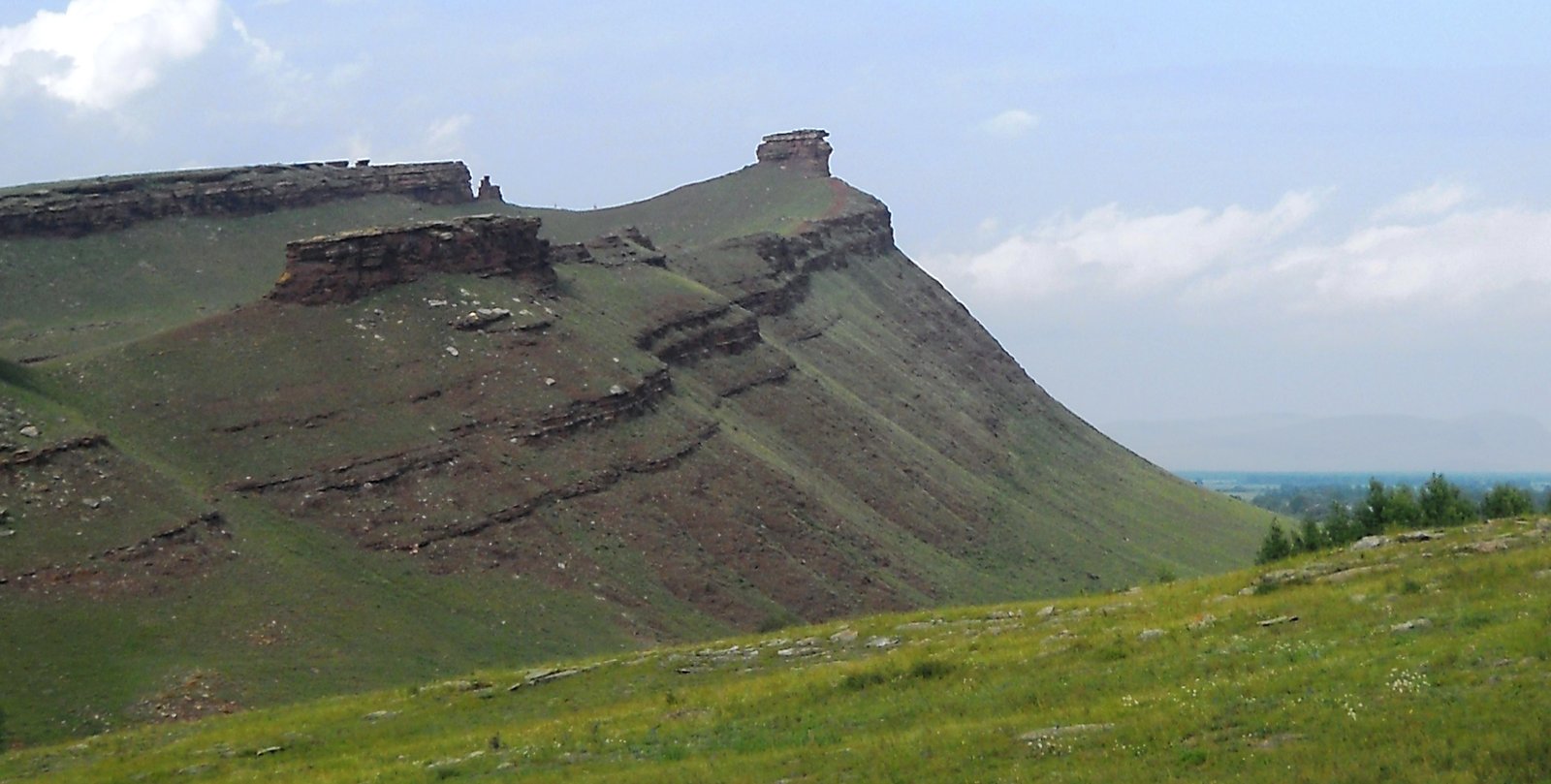
Siberia’s harsh climate poses ongoing challenges for preserving the Sunduki complex. Freeze-thaw cycles gradually crack the ancient stones, while wind and weather slowly erode the petroglyphs that hold crucial astronomical information. Climate change is accelerating these processes, making preservation efforts increasingly urgent.
International archaeological teams are working to document every stone, every carving, and every alignment before time and weather erase these ancient records forever. Digital preservation techniques are creating virtual models of the site, ensuring that future researchers will have access to this knowledge even if the physical stones succumb to time.
What Ancient Skies Revealed

The night sky that ancient Sunduki observers watched was dramatically different from what we see today. With no light pollution and crystal-clear Siberian air, the Milky Way blazed overhead like a cosmic river, and subtle stellar movements were easily visible to trained observers. This pristine viewing environment allowed for astronomical observations of unprecedented precision.
The builders of Sunduki could track stellar positions with accuracy that rivals modern instruments, using nothing more than carefully aligned stones and generations of accumulated knowledge. Their observations were so precise that modern astronomers use them to calculate stellar positions thousands of years in the past.
Seasonal Ceremonies and Stellar Celebrations

Archaeological evidence suggests that Sunduki served not only as an observatory but also as a ceremonial center where ancient communities gathered to celebrate astronomical events. Fire pits and artifacts found at the site indicate that solstices, equinoxes, and other celestial events were marked with elaborate rituals and feasts.
These gatherings weren’t just religious ceremonies but also practical meetings where astronomical knowledge was shared and updated. The site functioned as a prehistoric university where information about celestial movements was preserved and transmitted across generations.
The Legacy of Stone Wisdom
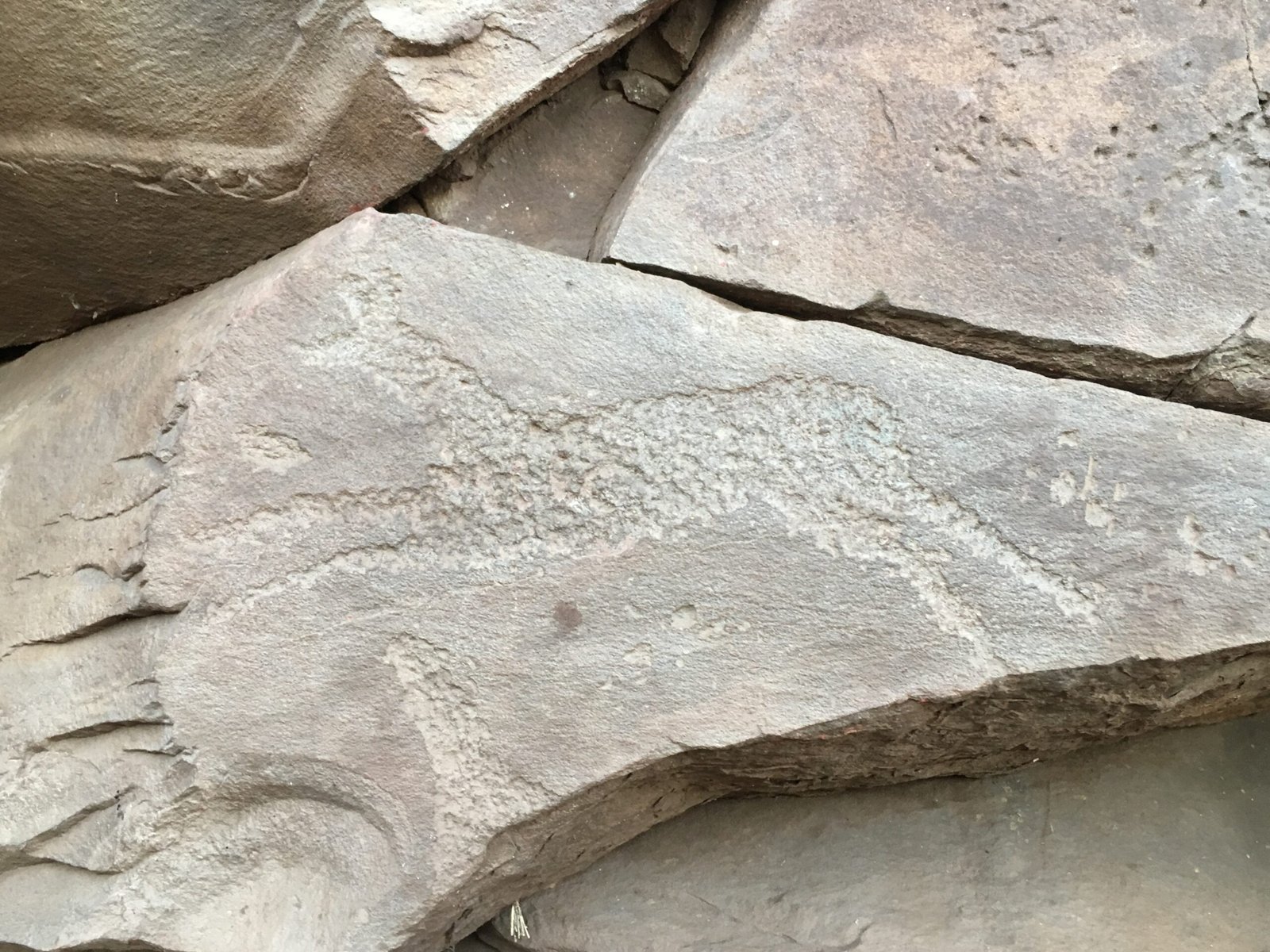
The astronomical knowledge embedded in Sunduki influenced Siberian cultures for thousands of years after its construction. Traditional calendars, agricultural practices, and even navigation techniques used throughout the region can trace their origins back to observations made at the megalithic complex.
This legacy demonstrates how advanced astronomical knowledge could be preserved and transmitted across millennia without written records. The stones themselves became the books, encoding complex information in their positions and alignments for future generations to decipher.
Scientific Validation and Skeptical Scrutiny
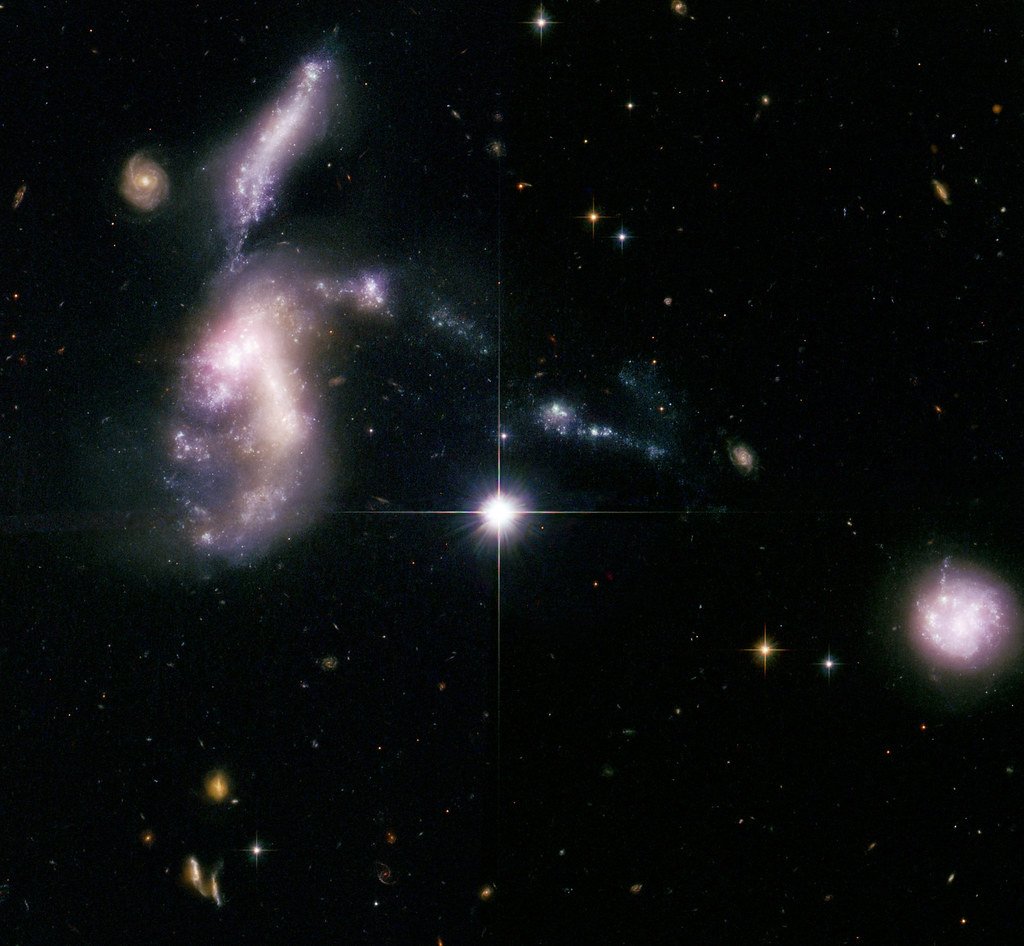
While the astronomical alignments at Sunduki have been verified by multiple independent research teams, the site has also faced skeptical scrutiny from some archaeologists who question whether prehistoric cultures could have possessed such sophisticated knowledge. This scientific debate has actually strengthened the case for Sunduki’s importance by forcing researchers to provide increasingly rigorous evidence.
Computer simulations, statistical analysis, and careful documentation have all confirmed that the alignments at Sunduki are far too precise to be accidental. The site represents genuine astronomical knowledge that challenges our understanding of prehistoric capabilities.
Windows to Ancient Minds

Perhaps the most profound aspect of Sunduki lies in what it reveals about the intellectual capabilities of our ancient ancestors. The site demonstrates that human curiosity about the cosmos isn’t a modern phenomenon but a fundamental aspect of human nature that stretches back tens of thousands of years.
The builders of Sunduki possessed the same desire to understand the universe that drives modern astronomers, but they expressed it through stone and ceremony rather than telescopes and computers. Their achievements remind us that intelligence and curiosity are timeless human traits that transcend technological limitations.
Future Discoveries Awaiting
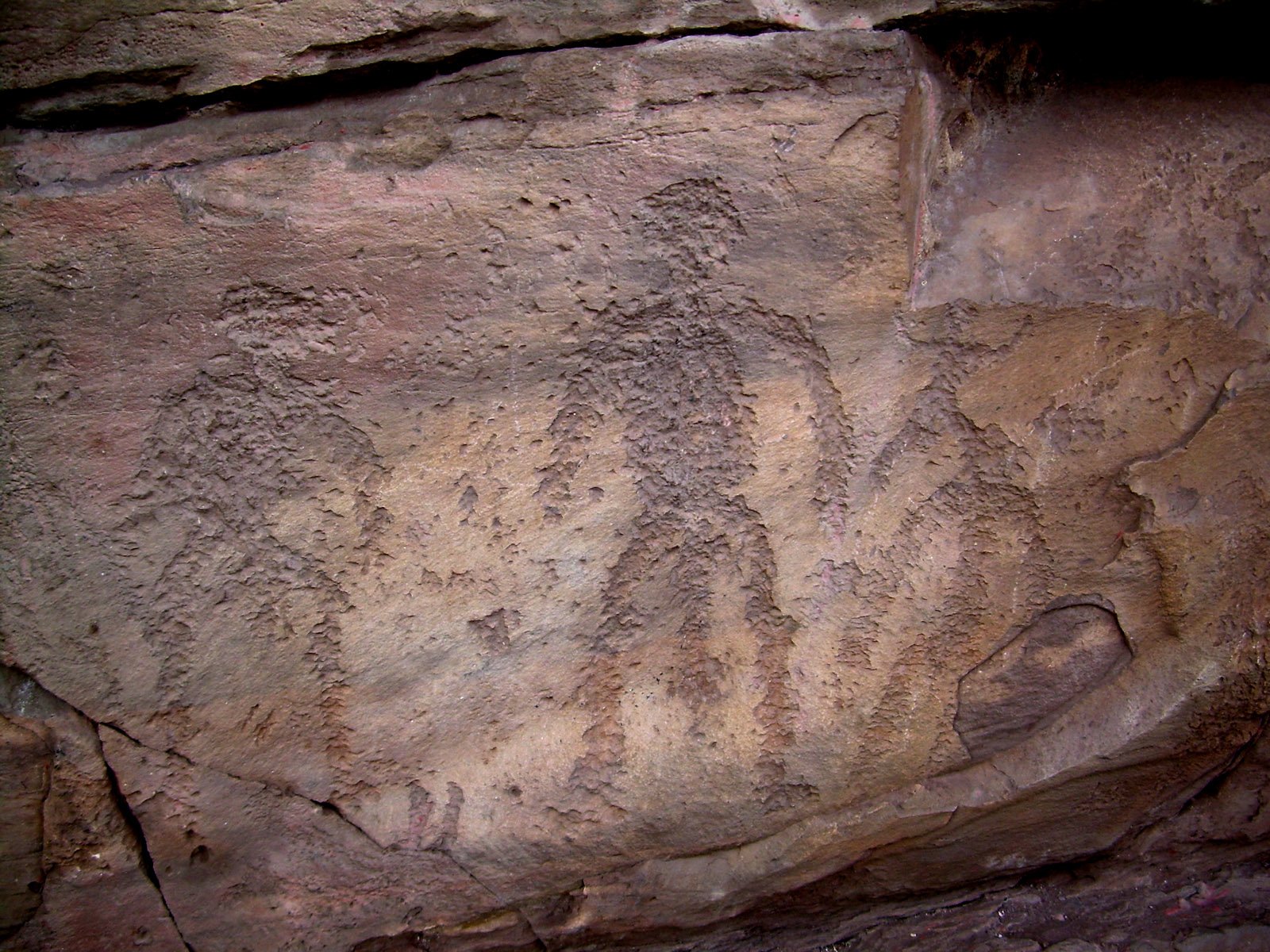
As technology advances, new techniques for studying Sunduki continue to emerge. Satellite imagery reveals previously unknown stone formations in the surrounding area, while advanced dating methods provide increasingly precise timelines for the site’s construction and use.
Future discoveries at Sunduki will likely continue to reshape our understanding of prehistoric astronomy and challenge assumptions about ancient intellectual capabilities. The site remains one of archaeology’s most promising frontiers, with new revelations awaiting each research season.
Conclusion
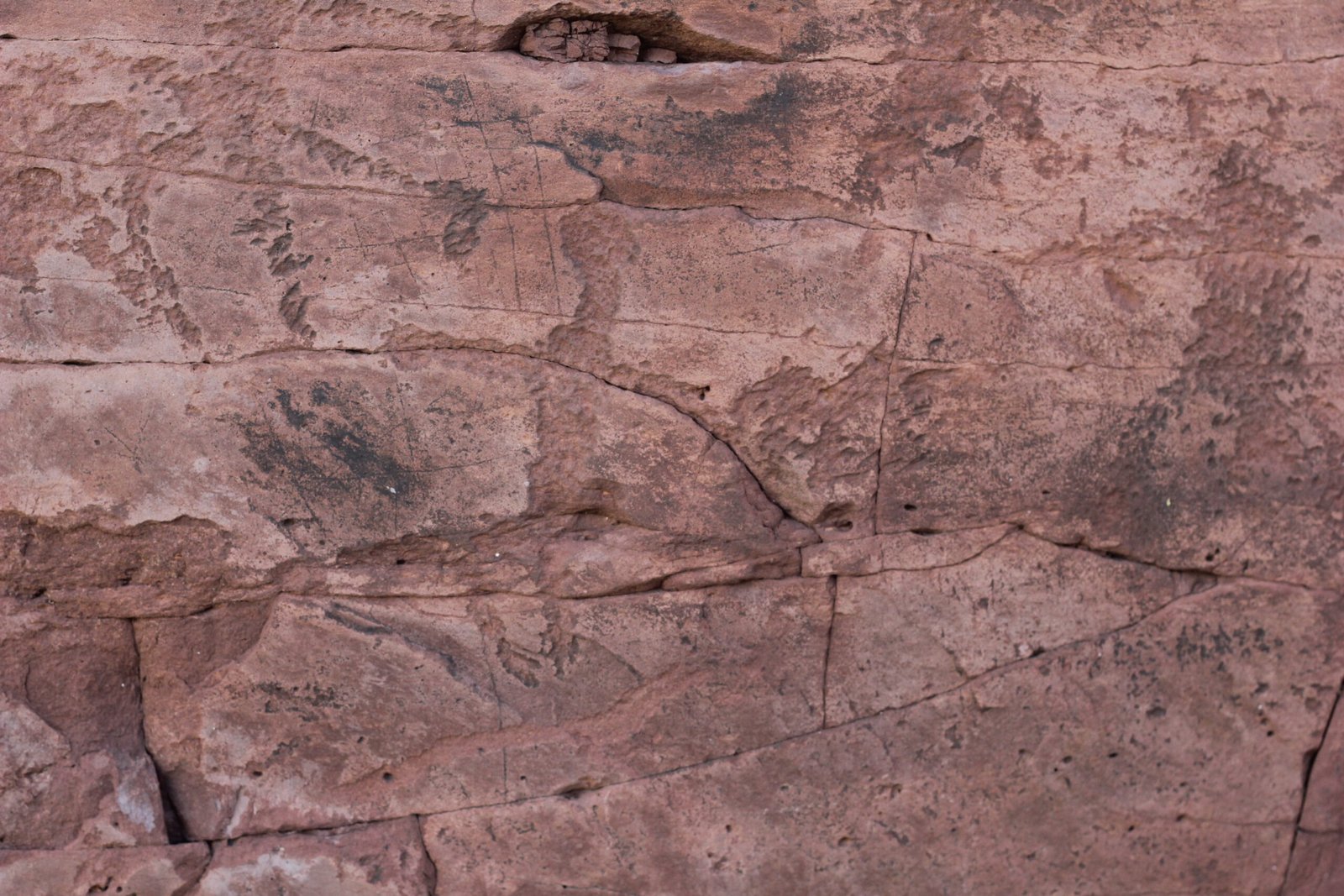
Sunduki stands as a testament to the enduring human fascination with the cosmos and our ancestors’ remarkable ability to decode the language of the stars using only stones and shadows. This ancient observatory challenges everything we thought we knew about prehistoric intelligence and demonstrates that the pursuit of astronomical knowledge is as old as humanity itself.
The site’s precision alignments, sophisticated mathematical relationships, and complex astronomical functions reveal a level of prehistoric achievement that rivals modern accomplishments. These ancient astronomers didn’t just observe the stars – they created a stone symphony that harmonizes with celestial movements across millennia.
As we continue to explore the mysteries of Sunduki, we’re not just uncovering ancient astronomical knowledge but rediscovering the profound connection between human consciousness and the cosmos above. Every stone tells a story, every alignment reveals a truth, and every discovery brings us closer to understanding the brilliant minds that first learned to read the language of the stars. What other secrets might these ancient stones still hold, waiting for the right moment to reveal themselves to our modern eyes?




